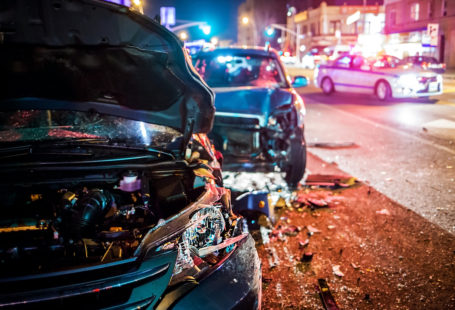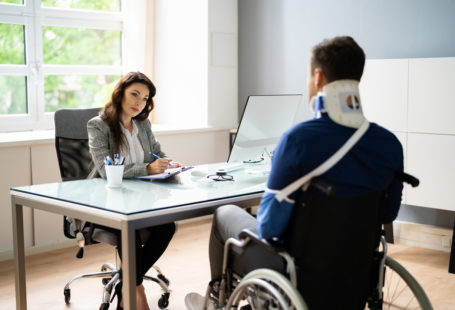Motorcycles can offer a fantastic sense of freedom and an unmatched way to experience the road. But there’s no denying that this mode of transportation is much more dangerous than riding in a car. So how likely are you to die in a motorcycle accident, and can you reduce those odds?
There are several factors that may contribute to your odds of surviving a motorcycle wreck. Read on to learn more about motorcycle crash statistics and how you can improve your chances of survival.
Overall Motorcycle Wreck Statistics
In the United States, there are more than 8 million registered motorcycles, with the majority of riders living in California or Florida. Although motorcycles only account for 0.6 percent of vehicle miles traveled, they make up 14 percent of traffic accident deaths. In fact, in 2020, more than 5,500 people died in motorcycle crashes in the U.S.
The good news is that, while motorcyclists are about 28 times more likely to die in a crash than car drivers, your odds of surviving a motorcycle accident are still pretty good.
Motorcycle crashes tend to result in injuries or deaths about 80 percent of the time. Of the average 89,000 people involved in motorcycle crashes each year, 82,000 get injured and another few thousand walk away unharmed. This means that, if you are involved in a motorcycle crash, you have about a 94 percent chance of surviving.
Different Types of Motorcycle Crashes
Several factors can impact your specific odds of surviving a motorcycle crash. For one thing, the type of accident you’re involved in can change your likelihood of survival.
Broadly speaking, there are three types of motorcycle accidents: collisions with another vehicle, collisions with a stationary object, and accidents that don’t involve any collision.
Of the 5,100 motorcycle fatalities in 2019, 818 involved a passenger vehicle, 664 involved a light truck, and 205 involved a heavy truck. By comparison, 1,176 of those deaths involved a motorcyclist running into a stationary object.
Overall, while you are more likely to be involved in a motorcycle crash with another vehicle, your chances of survival are better in those circumstances than if you crash into a stationary object, such as a tree or a road sign.
What Improves Chances of Survival?
Of course, you can’t control whether your motorcycle crash involves another vehicle or not. But there are some things you can do to help improve your chances of surviving a motorcycle accident.
Wear a Helmet
Perhaps the best thing you can do to improve your chances of survival is to wear a helmet when riding your motorcycle. The CDC estimates that, in 2017, helmets saved almost 1,900 lives in motorcycle crashes. Had all motorcyclists worn helmets, close to 750 more lives could have been saved.
Studies have shown that motorcycle helmets are 37 percent effective in saving lives. In other words, for every 100 crashes that result in a fatality, 37 deaths could be prevented if the motorcyclists wore helmets.
Always wear a helmet when riding your motorcycle, and make sure your passengers do the same.
Never Drive Drunk
Whether you’re in a car or on a motorcycle, drunk driving kills. In 2020, 32 percent of fatal motorcycle crashes involved alcohol impairment.
While most states don’t consider you legally drunk until you have a blood alcohol concentration (BAC) of 0.08 percent or more, impairment can begin much earlier. In fact, some studies have shown that you start making worse decisions at a BAC of 0.02 percent, and at a BAC of 0.05 percent, your vision begins to blur.
When you’re dealing with the razor-thin margins for error involved in riding a motorcycle, you can’t afford any level of impairment.
Never ride your motorcycle after you’ve been drinking – sober up first, call a ride, or get a friend to take you home. Driving buzzed or drunk may seem tempting, but it’s not worth your life.
Take a Motorcycle Safety Course
Taking a motorcycle safety course can also give you critical information that could save your life. For one thing, you’ll learn about important ways to prevent crashes, including driving the speed limit, avoiding lane splitting, and practicing defensive driving. You’ll also learn how to better handle your motorcycle so you can react quickly and safely in unexpected situations.
Get Compensation for Your Injuries
While your chances of dying in a motorcycle crash are much higher than those of dying in a car crash, only about 5 percent of total crashes result in a fatality. You can reduce those odds even more by wearing a helmet and never driving under the influence. Taking a motorcycle safety course can also give you the tools you need to navigate the roads safely.





